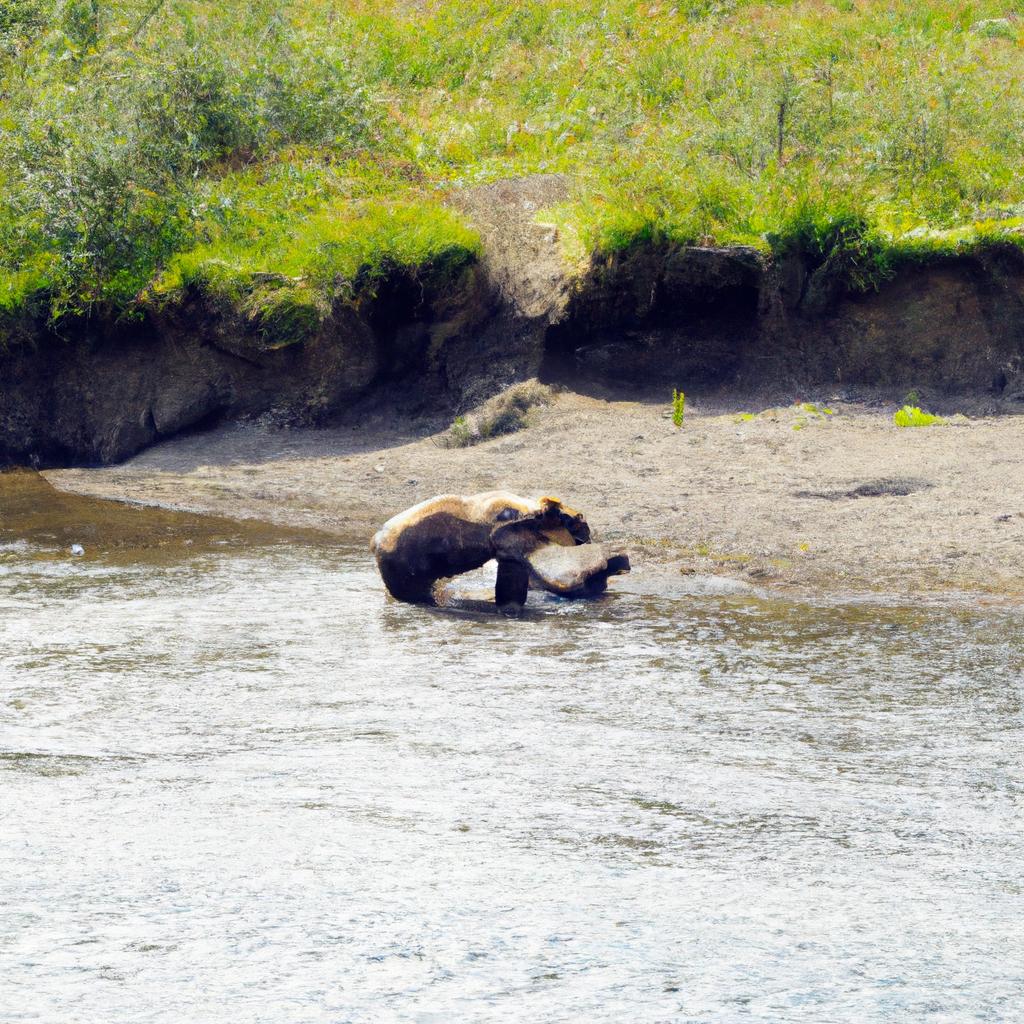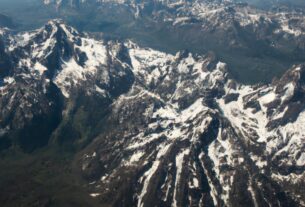Denali National Park, nestled in the heart of Alaska, is a true paradise for nature lovers. With its towering peaks and diverse wildlife, this park offers a unique experience for adventurers, photographers, and nature enthusiasts worldwide. Join us as we delve into the history, geography, attractions, and conservation efforts of Denali National Park.
History of Denali National Park
Denali National Park’s story dates back to the early 1900s when gold prospectors first explored the area. Initially known as Mount McKinley National Park, it was later renamed Denali National Park and Preserve in 1980, a nod to the native Athabascan name for the mountain, Denali, meaning “the high one.”
The park holds a rich cultural heritage, with evidence of human occupation spanning over 12,000 years. Indigenous groups, such as the Athabascan people, have called this area home for generations. Denali National Park also played a significant role in aviation history, witnessing the establishment of the first bush planes in Alaska during the 1920s. Today, it is a thriving hub for scientific research.
Geographical Features of Denali National Park
Denali National Park’s breathtaking landscape combines rugged mountains, sprawling tundra, and glacial valleys. It boasts six major mountain ranges, including the Alaska Range, where North America’s highest peak, Denali, stands tall. The park’s topography features steep cliffs, deep canyons, and sweeping glaciers, a magnet for mountaineers and hikers alike.
This diverse terrain provides habitats for an array of wildlife, including grizzly bears, wolves, moose, caribou, Dall sheep, and an assortment of fish and bird species in its rivers, lakes, and wetlands. With its sub-arctic climate, characterized by long, cold winters and short, mild summers, Denali National Park offers a unique experience regardless of the season.
Attractions and Activities in Denali National Park
Denali National Park offers an abundance of attractions and activities for visitors of all ages and interests. From gentle nature walks to challenging backcountry hikes, the park’s 300+ miles of trails cater to hikers and trekkers of all levels. The shuttle bus system provides access to remote areas, granting adventurers the opportunity to explore the park’s hidden gems.
Wildlife viewing is a favorite pastime in Denali National Park. Grizzly bears, wolves, moose, and other majestic creatures offer awe-inspiring sights for those lucky enough to witness them in their natural habitats. The park’s rangers also host guided wildlife tours and educational programs, enabling visitors to deepen their understanding of the park’s unique ecosystem.
The park offers various camping and lodging options, catering to both rugged adventurers and those seeking a touch of luxury. Scenic drives and tours allow visitors to appreciate Denali’s awe-inspiring views and landscapes from the comfort of their vehicles, while flightseeing tours grant a bird’s-eye perspective of the park’s glaciers and mountain ranges.
Conservation Efforts in Denali National Park
Denali National Park embodies the National Park Service’s commitment to preserving natural resources and protecting wildlife. The park is home to endangered species such as the Alaskan wolf, wolverine, and lynx, and hunting is strictly prohibited to safeguard their habitats. Denali boasts a comprehensive program to monitor and manage invasive plant species, preserving the delicate balance of native flora and fauna.
Beyond wildlife preservation, Denali National Park embraces sustainable practices to protect its natural resources. The park has implemented energy conservation initiatives, utilizing renewable energy sources and employing energy-efficient lighting and heating systems. Waste management programs promote recycling and composting, aiming to minimize the park’s ecological footprint.
Moreover, Denali National Park actively restores and rehabilitates its ecosystems. Programs focus on wetland restoration, vital for erosion prevention and providing habitats for diverse plant and animal species. Stream and river habitat restoration initiatives play a crucial role in supporting fish populations.
Conclusion
Denali National Park is a natural wonder that deserves to be cherished for generations to come. Its captivating history, abundant wildlife, and awe-inspiring landscapes make it an unparalleled destination for adventurers and nature enthusiasts alike. The National Park Service’s dedicated conservation efforts ensure the preservation of Denali’s natural resources and the thriving of its wildlife populations.
As we face pressing environmental challenges, recognizing the significance of preserving national parks like Denali becomes crucial. At TooLacks, we are passionate about promoting environmental education and encouraging sustainable practices that safeguard our planet’s natural wonders.



